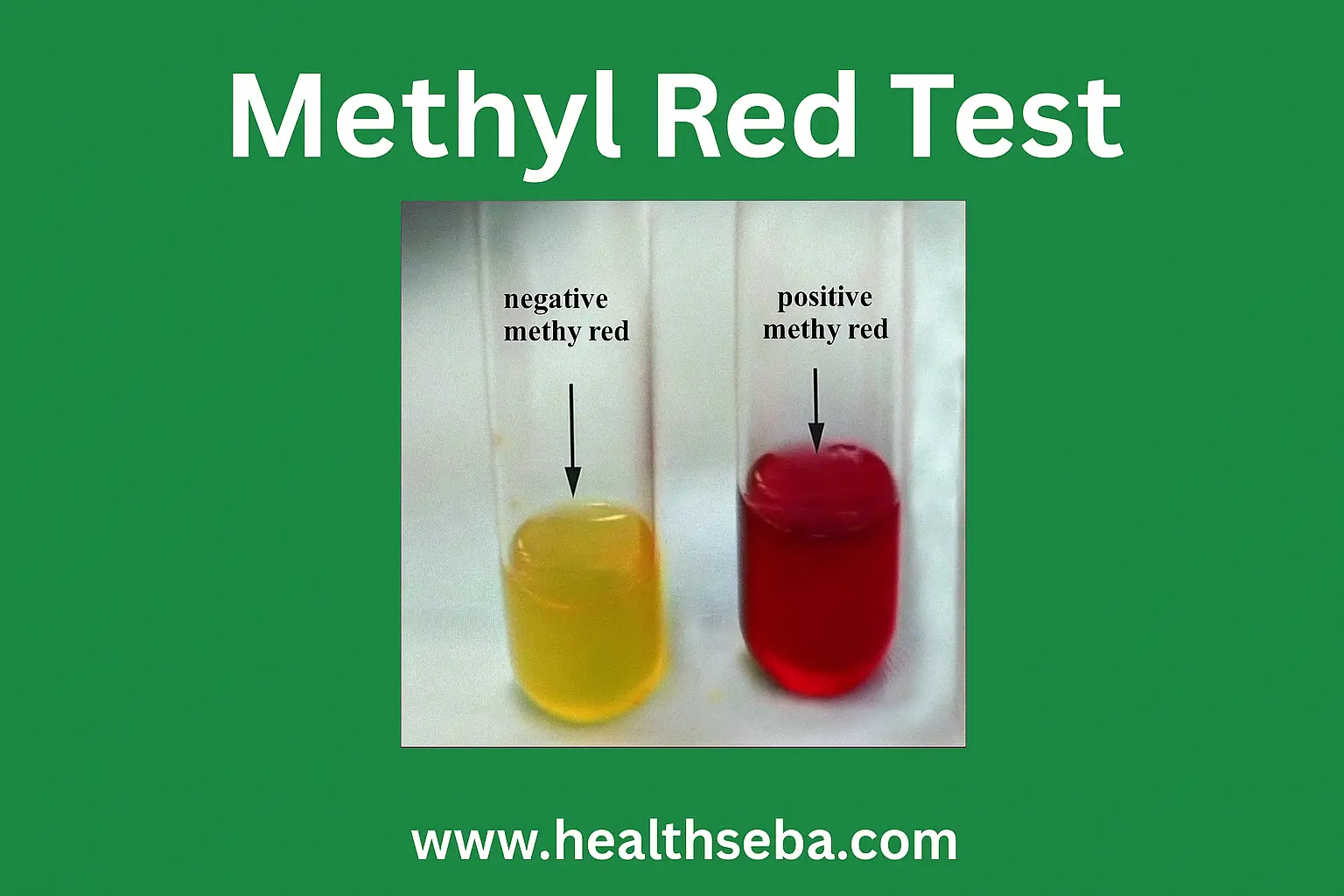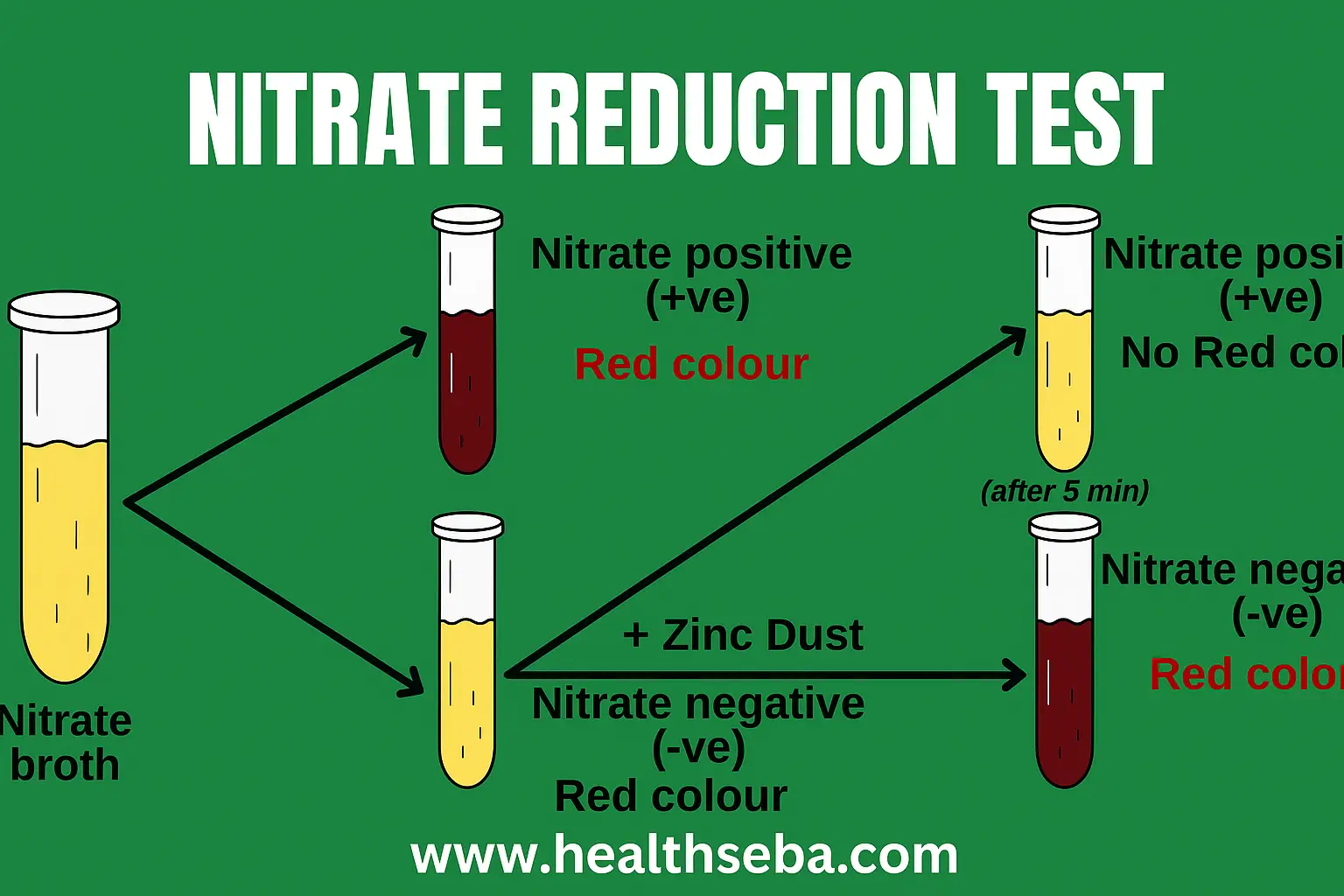Introduction
The Triple Sugar Iron (TSI) Test is a widely used biochemical test in microbiology for the identification of Enterobacteriaceae and other Gram-negative bacilli.
It helps in determining a bacterium’s ability to:
Ferment glucose, lactose, and sucrose
Produce gas from carbohydrate fermentation
Produce hydrogen sulfide (H₂S)
👉 It is especially important in differentiating Salmonella, Shigella, Proteus, E. coli, Klebsiella, and other enteric pathogens.
Principle
TSI agar slant contains:
Sugars → Glucose (0.1%), Lactose (1%), Sucrose (1%)
Peptone (nitrogen source)
Phenol red (pH indicator)
Ferrous sulfate/sodium thiosulfate (H₂S detection system)
If only glucose is fermented → Acid in butt (yellow), alkaline slant (red).
If lactose/sucrose is fermented → Both butt & slant remain acidic (yellow).
Gas production → cracks/bubbles in the agar.
H₂S production → black precipitate (ferrous sulfide) in butt.
Procedure
Prepare and solidify TSI agar slants in test tubes.
Inoculate by:
Stabbing the butt (anaerobic condition).
Streaking the slant (aerobic condition).
Incubate at 37°C for 18–24 hours.
Observe the color change and reactions.
Interpretation
| Slant/Butt | Symbol | Interpretation |
|---|---|---|
| Red/Yellow | K/A | Glucose fermentation only |
| Yellow/Yellow | A/A | Glucose + Lactose and/or Sucrose fermented |
| Red/Red | K/K | No carbohydrate fermentation (non-fermenter) |
| Black precipitate | H₂S + | Hydrogen sulfide production |
| Bubbles/cracks | Gas + | Gas formation |
Key results in pathogens:
Salmonella → K/A, H₂S +
Shigella → K/A, no H₂S
E. coli → A/A, gas +
Klebsiella → A/A, gas +
Proteus → K/A or A/A, H₂S +, gas +
Uses
Differentiation of Enterobacteriaceae.
Rapid identification of enteric pathogens in stool, urine, and blood cultures.
Helps in clinical microbiology to distinguish between Salmonella vs. Shigella.
Useful for teaching MBBS students as a standard biochemical test.
Conclusion
The Triple Sugar Iron (TSI) Test is a versatile biochemical test that differentiates enteric bacteria based on their ability to ferment sugars, produce gas, and form hydrogen sulfide. It remains an essential diagnostic tool in clinical microbiology laboratories for identifying Gram-negative bacilli.
Related Posts

